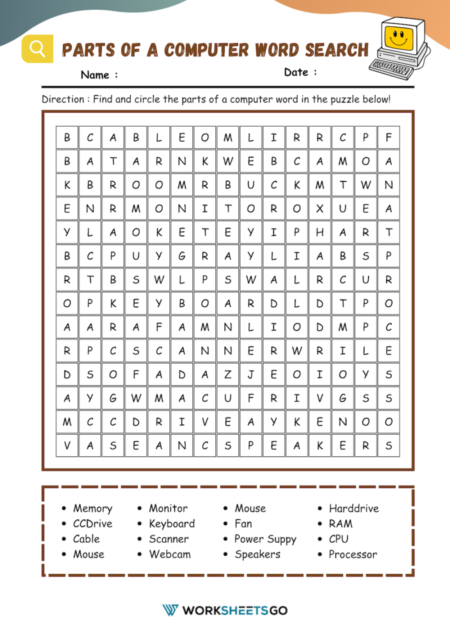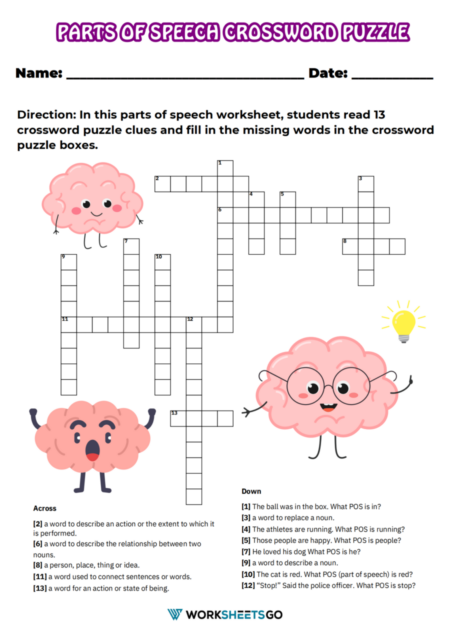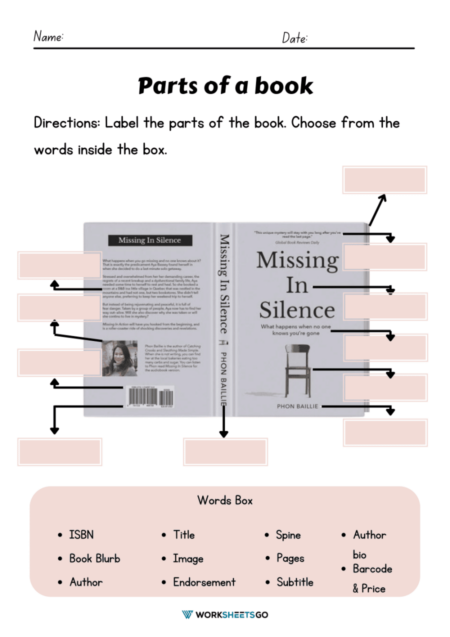Introducing the Parts of a Plant Worksheet – an interactive and educational tool designed to help students learn about the various components that make up a plant and their respective functions. This worksheet is an excellent addition to any science curriculum, especially for young learners who are just beginning to explore the world of botany.
Overview of the Worksheet
The Parts of a Plant Worksheet is a visually appealing educational resource that features a diagram of a plant with distinct parts labeled clearly. This image serves as the centerpiece of the worksheet, around which the learning activities are centered.
Components of the Worksheet
- Diagram: A detailed illustration of a plant shows the root system, stem, leaves, flowers, and fruit. Each part is connected to a blank line, prompting students to label each component.
- Labeling Exercise: Students can engage with the diagram by labeling each part of the plant, reinforcing their understanding of plant anatomy.
- Matching Activity: Below the diagram, a matching activity is included where students must connect the name of the plant organ to its function. This not only helps in memorizing the parts but also provides insight into their importance for the plant’s life cycle.

Answer Key

Learning Objectives
- Identification: Students will learn to identify and label the different parts of a plant, including the flower, root, leaf, fruit, and stem.
- Understanding Functions: The worksheet educates students about the functions of each part, such as absorption of water and minerals, support, reproduction, photosynthesis, and seed protection.
- Interactive Learning: By actively participating in the labeling and matching exercises, students are likely to retain the information more effectively.
The Parts of a Plant Worksheet is a fantastic resource for educational settings that cater to early science education. It combines visual aids with interactive tasks to provide a comprehensive learning experience about the anatomy and physiology of plants. The worksheet supports the development of critical thinking and helps students draw connections between structure and function in the plant kingdom.







